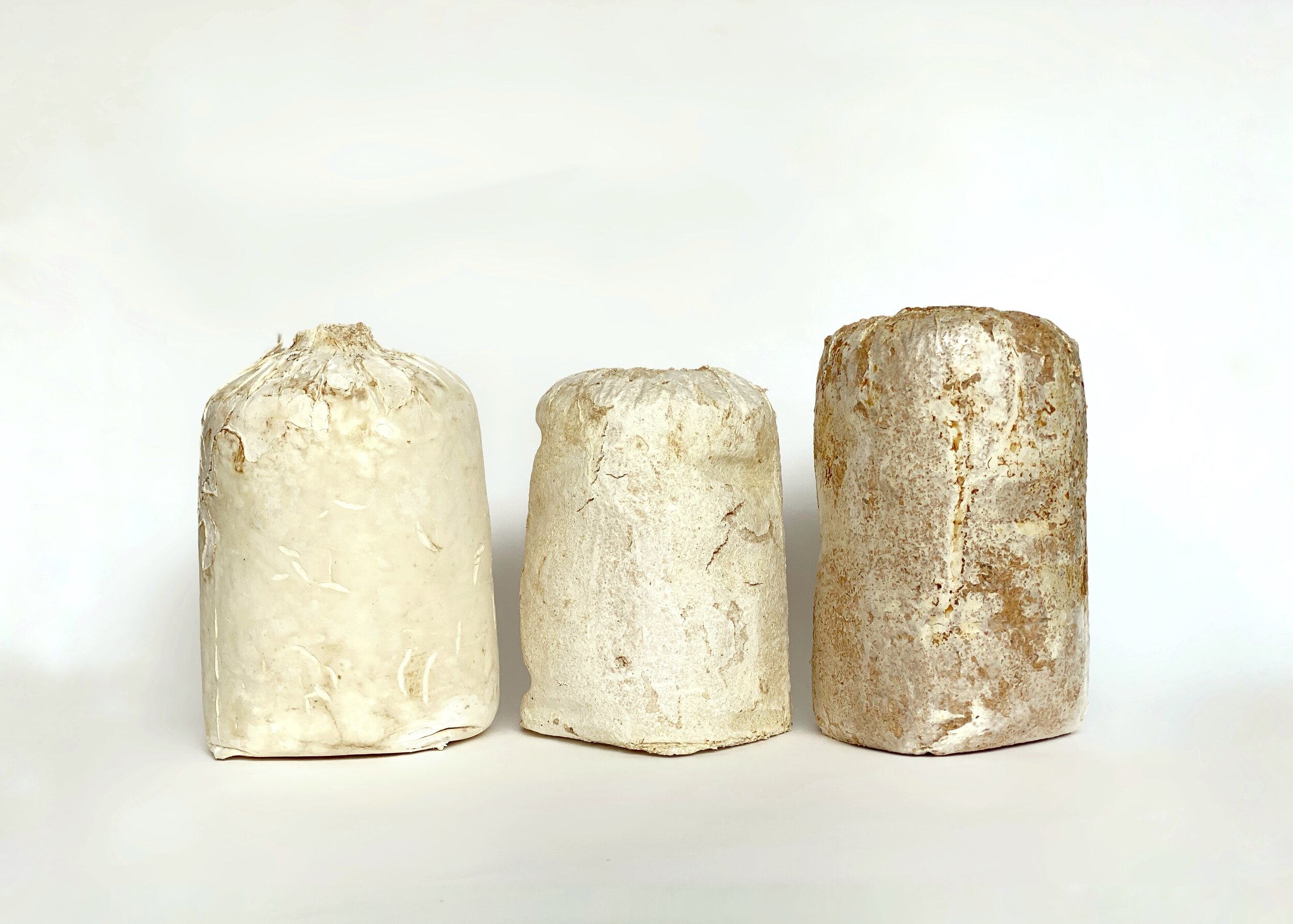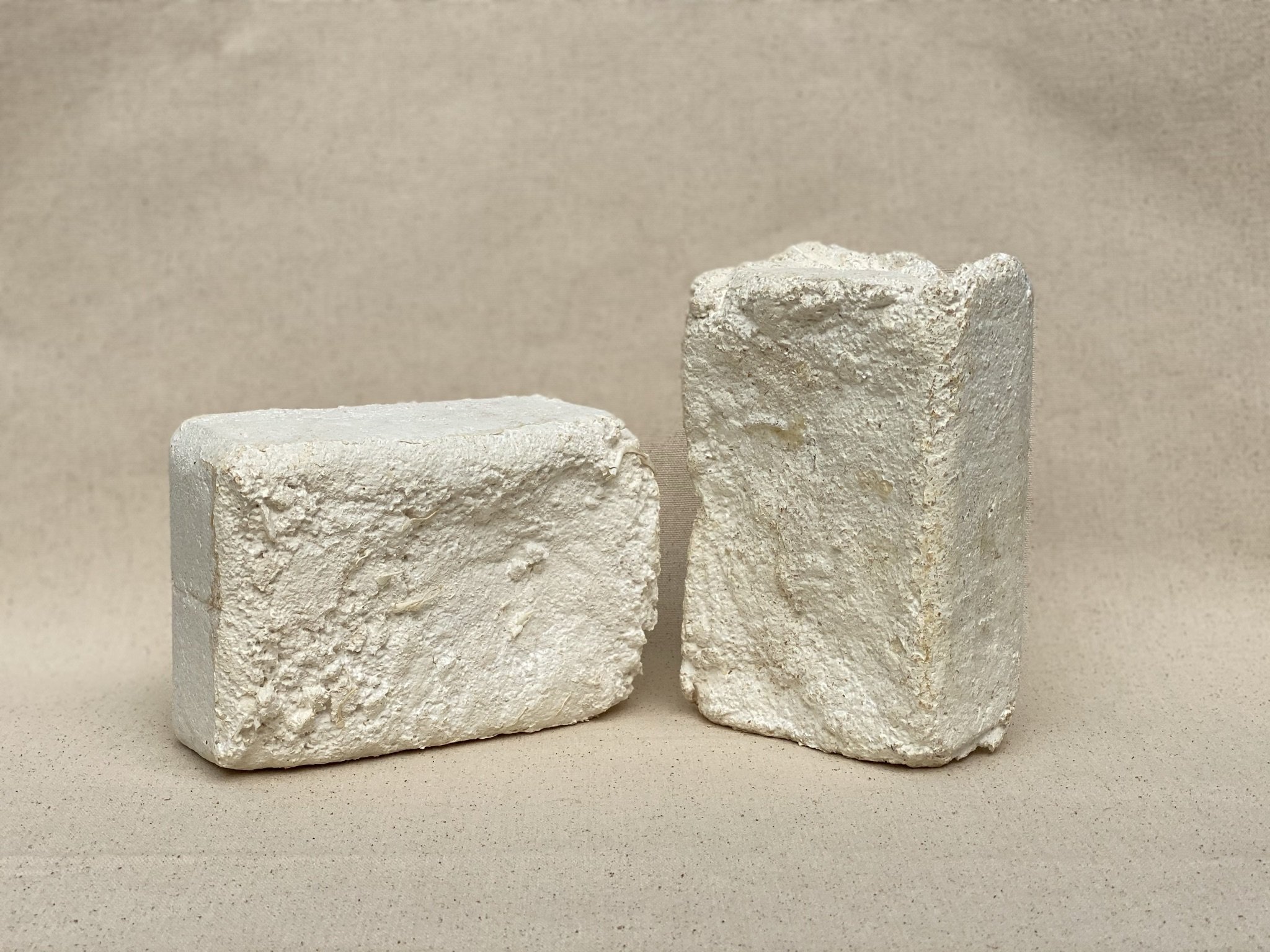
As a toolkit for future proofing our built environment we have been learning and starting to collaborate with other organisms
Investigating biomaterial
While human advancements are all creations of both mind and matter, architecture fundamentally and literally carries the biggest weight of substance compared to all different fields. Thus the importance of the materials we choose should not be defined by just their beauty and their function. The fundamental responsibility of creating a body, is the connection it bears to other bodies surrounding it. While for many years we have progressed in designing a stronger spatial relation with humans we have neglected to secure our network to other organisms.
The life of an architectural creation almost always outlives its human designer and client. Shouldn’t architects consider other creatures in the design process? Can we design better by utilizing and collaborating with other organisms? Is it possible that other living species of the environment are as if not more considered to be the clients?
As much as we are the masters of our thinking brain other organisms are masters of their own survival tools. To unlock the power of nature is to learn about different tools from other organisms. In order to advance in our design thinking and making we need to observe, learn and partner up with the life around us.
To collaborate with nature we are testing a few methods to learn and design with other organisms.
Mushroom Throne _ Illustraion by Melika Kashani
Fermentation _ Illustration by Melika Kashani
Microbes
Humans and microbes mutually beneficial symbiosis started in ancient times through food, culture and biological diversity. To ferment food we arranged the environment needed for microbes to feed and grow, as the result of their life cycle they left us a more digestible food with better taste. To better understand the life of microbes we tested a few old fermentation methods.
Mycelium is how fungi feed. Organisms have different ways of feeding themselves. Plants make their own food through photosynthesis. Animals find and fight for their food. Fungi digest the world around them through their enzymes and then absorb it into their bodies. By growing mycelium on natural fibers a strong lightweight material is produced.
Vegan skin _ Illustration by Melika kashani







